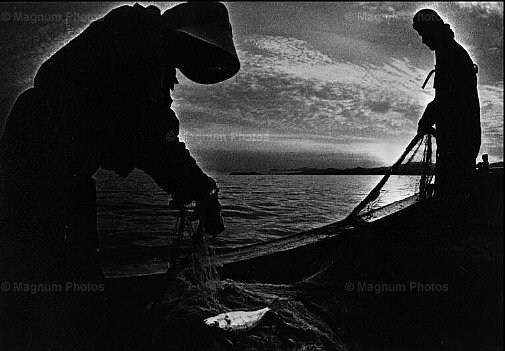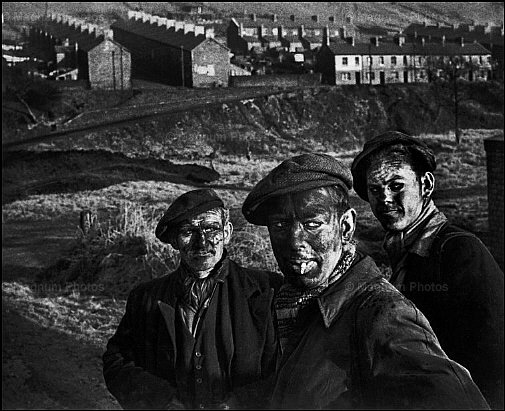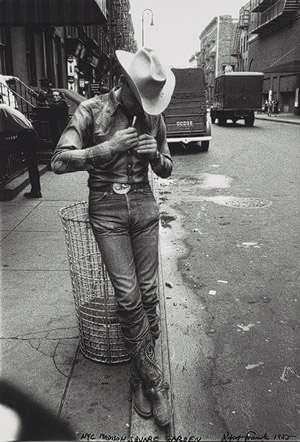"Singularity is no longer enclosed in an individual."
—Gilles Deleuze
Across cultures the concept of an individual may vary in definition, but nevertheless it conveys the same idea: that singularity is inherent in one body. Its as simple as that. Or is it?
With the advent of the internet, communication networks and mass information distribution became as common as corn flakes for breakfast. Just add milk and voila, your drawing, essay, socio-political commentary, or photograph has reached the eager mouths of thousands of internet junkies. When it comes to viewing digital photography, there are no limits, not even those of the limitless internet. Traditionally, until this century, art has been viewed singularly; one canvas, one installment, one sculpture. Besides the realm of performance art and music, once was enough. With digital photography, however, there is no "once." Even traditional film photography has merged with the digital monster (scanners, digital archives, etc.), so that the only time "now" enters the photographic vocabulary is when the photo is taken.

































